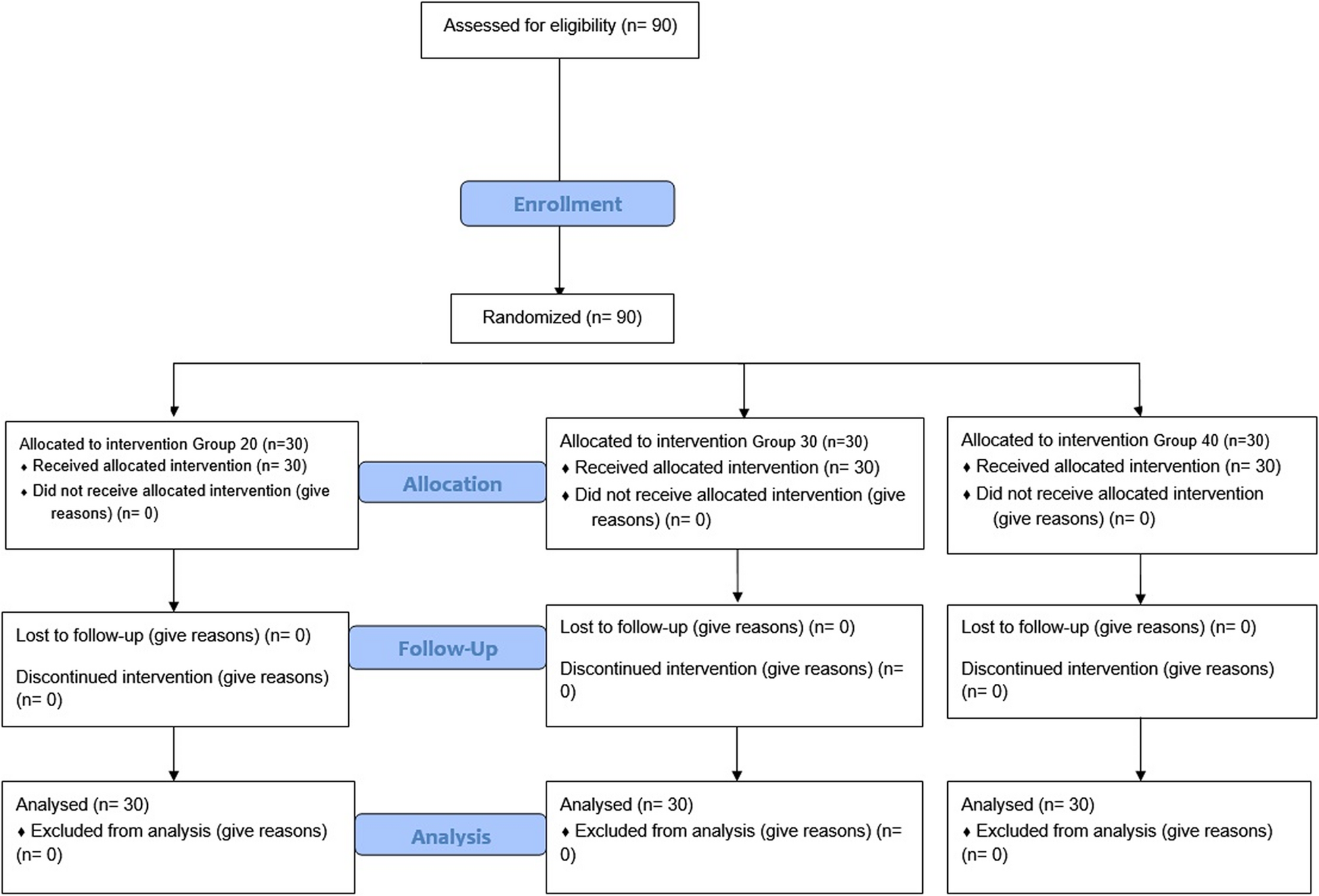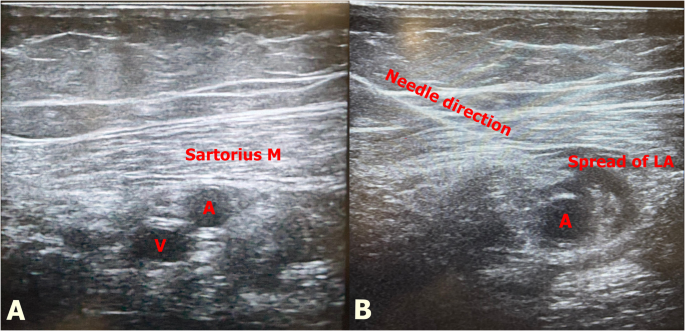- Asus Targets Creators With First-Ever 8K HDR Mini-LED Display extremetech.com
- ASUS Announces October Availability of ProArt Display 8K PA32KCX ASUS Pressroom
- ASUS Introduces ProArt PA32KCX; World’s First 8K HDR Mini LED Monitor For…
Blog
-
Asus Targets Creators With First-Ever 8K HDR Mini-LED Display – extremetech.com
-

Viet Nam’s labour statistics: From modernization to global alignment
Over the past decade and a half, Viet Nam has transformed the way it measures and understands work. From simple employment counts to a comprehensive, internationally comparable system, labour statistics in Viet Nam have become a cornerstone for evidence-based and gender responsive policymaking and sustainable development.
A decade of transformation and international alignment
The early 2010s marked a turning point for Viet Nam’s statistical system. Recognizing the growing complexity of the labour market in a rapidly developing economy, the National Statistics Office (NSO) embarked on a far-reaching modernization process.
The introduction of the Labour Force Survey on a quarterly basis in 2011 was a major milestone. For the first time, Viet Nam could monitor employment trends, unemployment, and labour underutilization in near real time. This shift from annual to quarterly data collection not only improved accuracy but also enhanced the government’s ability to respond to economic shifts and social challenges.
Viet Nam’s commitment to aligning its data with global standards quickly positioned it as a country with advanced labour statistics. The NSO worked closely with ASEAN partners, the ILO, and international experts to harmonize definitions, methodologies, and indicators. 2025 also marks the fifth year applying 19th International Conference of Labour Statisticians standards advancing Viet Nam’s labour statistics – a move that redefined how employment, work, and labour underutilization were measured worldwide. The adoption of internationally comparable labour market indicators allowed Viet Nam to contribute actively to global databases and to monitor progress toward the Sustainable Development Goals, particularly Goal 8 on decent work and economic growth.
This progress has made Viet Nam one of the few developing countries in Asia capable of producing timely, high-quality and gender responsive labour statistics that meet global comparability standards – an achievement widely recognized by international partners.
Data responding to quick changes in the labour market
The true value of a robust statistical system often becomes clear in times of uncertainty. When the pandemic struck in 2020, Viet Nam’s quarterly LFS and well-trained statistical network proved essential. Within months, the NSO was able to produce special reports capturing the pandemic’s impact on jobs, income, and informal employment – data that guided targeted government interventions and social support measures.
Among the most important advances – and clear examples of how labour statistics in Viet Nam have kept pace with a rapidly changing labour market – are the explicit measurement and reporting of informal employment and the pilot measurement of digital platform work. Recognizing that more people are doing work mediated by digital platforms – whether ride-hailing, delivery, freelancing, or online provision of services – Viet Nam has begun exploring how to capture this in its labour statistics. This pilot work positions Viet Nam as one of the first countries in Asia to take early steps in capturing the platform economy in official labour data.
This proactive approach shows that Viet Nam’s statistical system is not only robust, but also responsive and forward-looking, ensuring that data remain relevant and timely in reflecting the evolving world of work.
Digital transformation and innovation
In recent years, Viet Nam has continued to push forward with digital transformation in data collection and analysis. The NSO has introduced computer-assisted personal interviewing (CAPI), expanded the use of administrative data, connecting with other databases. The NSO also starts to introduce artificial intelligence to some stages of data management. Noticeably, artificial intelligence has been applied to data cleaning and automatic classification of data. These innovations improve not only the quality of data but also the efficiency of the whole statistical system responding timely to the rise of the digital age.
Felix Weidenkaff, Officer-In-Charge of the ILO Viet Nam participates in the Commemorative Ceremony and High-Level Forum in Viet Nam for World Statistics Day Looking ahead
As Viet Nam moves toward a digital and knowledge-driven economy, the demand for high-quality, timely, and disaggregated labour data will continue to grow. The NSO’s ongoing efforts to modernize surveys, apply artificial intelligence in data processing, and enhance data integration are laying the groundwork for the next generation of labour statistics.
The success of Viet Nam’s labour statistics rests on strong partnerships with national and international organizations. Together, these partners have worked to strengthen the technical capacity of national statisticians, improve data dissemination, and promote the use of statistics for informed decision-making. Viet Nam has also become an active contributor to regional and global discussions on labour measurement, sharing experiences that inspire neighbouring countries.
On this World Statistics Day, Viet Nam’s achievements remind us that statistics are not just numbers – they are a foundation for understanding people’s lives, shaping fairer policies, and building a more inclusive future. As the world marks this day under the global theme of Driving Change with Quality Statistics and Data for Everyone, Viet Nam’s progress in labour statistics stands as a vivid example of that vision in action – ensuring that every number tells a story, and every story helps build a stronger nation.
Continue Reading
-

DNA ‘flower’ robots react to environment and deliver drugs
These ‘DNA flowers’ were developed by a team at the University of North Carolina at Chapel Hill and are made from crystals formed by combining DNA and inorganic materials. They can reversibly fold and unfold…
Continue Reading
-

Effects of ultrasound-guided adductor canal block at different volumes on postoperative analgesia management in patients undergoing total knee arthroplasty: a prospective clinical study | BMC Anesthesiology
Study design
This randomized, prospective study included 90 patients, aged between 18 and 65, with ASA classification I-II-III, who were scheduled for total knee arthroplasty surgery under spinal anesthesia. Patients with a history of bleeding diathesis, receiving anticoagulant treatment, allergies or sensitivity to local anesthetics and opioid drugs, patients with infection in the area where the block will be applied, pregnancy suspicion, pregnant or breastfeeding mothers, and patients who did not accept the procedure were excluded from the study. Ethical approval was obtained from the Bursa City Hospital Ethics Committee on 07.12.2022, protocol number 2022-17/3. Our study was registered on https://clinicaltrials.gov/ with the number NCT06084403. The patient recording and disribution were illustrated by the Consolidated Standards of Reporting Trials (CONSORT) flowchart (Fig. 1).
Fig. 1 CONSORT flow diagram of the study
Patients were randomized into three groups, each containing 30 patients, using a computer program (Group 20 = group receiving ACB with 20 ml, Group 30 = group receiving ACB with 30 ml, Group 40 = group receiving ACB with 40 ml). The practitioners were blind to the data collection, and patients did not know which volume was applied. Postoperative pain scores and opioid consumption were recorded by a pain technician who was blind to the study.
Anesthesia application
After the patients were taken to the operating room, standard monitoring (electrocardiography, noninvasive arterial blood pressure, and peripheral oxygen saturation) was performed, and premedication was administered with 2 mg intravenous midazolam. For spinal anesthesia, the patients were positioned sitting, and following the necessary asepsis and antisepsis rules, a 25-gauge pencil-point spinal needle (B.Braun, Melsungen, Germany) was inserted into the subarachnoid space through a median approach from L3-4 or L4-5. After observing free clear cerebrospinal flow, 15 mg of hyperbaric bupivacaine was administered. To prevent postoperative nausea and vomiting, 4 mg of ondansetron was given intravenously. Total knee arthroplasty surgery was performed by the same surgical team using the same surgical procedure.
Block interventions
The block procedure was performed after the surgery was completed. All adductor canal blocks were performed by two experienced anesthesiologists with advanced clinical expertise in regional anesthesia. After ensuring aseptic conditions, a high-frequency linear ultrasound probe (GE ML6-15-D Matrix Linear, Boston, USA) was covered with a sterile sheath, and a 100 mm block needle (Stimuplex Ultra®, Braun, Melsungen, Germany) was used. The linear ultrasound probe was placed medial to the patella, and the probe was advanced cephalad to visualize the femoral artery, the adductor hiatus, and the apex of the femoral triangle. Then, 5 ml of saline was injected under ultrasound guidance into the midpoint of the adductor canal to confirm the block site (Fig. 2). Then, local anesthetic solution containing bupivacaine at 0.25% concentration was administered as 20 ml in Group 20, 30 ml in Group 30, and 40 ml in Group 40.
Fig. 2 
A Adductor canal sonographic anatomy. Sartorius Muscle, A; artery, V; vein. B Sonographic anatomy of block. Needle direction, and spread of local anesthetic during block performing. A; artery
After the operation, patients were taken to the postoperative recovery room. Patients reaching a score of 9 on the Aldrete scoring system were transferred to the ward.
Postoperative analgesia management
All patients received 0.5 mg/kg of intravenous tramadol and 20 mg of tenoxicam 30 min before the end of the surgical procedure. In the postoperative period, patients received 20 mg of tenoxicam intravenously twice a day. A patient-controlled analgesia (PCA) device was connected to all patients as soon as they were taken to the recovery room. The PCA was prepared with tramadol at a concentration of 5 mg/ml, with a lockout interval of 20 min and a bolus dose of 10 mg without a basal infusion. During the ward follow-ups, hourly NRS scores were monitored. If the NRS score was 4 or above, 0.5 mg/kg of intravenous meperidine was administered as a rescue analgesic. NRS scores at designated times as well as rescue analgesic needs and hours were noted in detail.
Postoperative pain assessment was performed using the NRS scoring system (0 = no pain, 10 = worst pain imaginable). Resting and moving NRS scores were evaluated and recorded at 2, 4, 8, 16, 24, and 48 h. If the NRS score was ≥ 4, 0.5 mg/kg of intravenous meperidine was administered as a rescue analgesic.
Motor block was evaluated using the modified Bromage scale (0: can move leg, foot, and knee freely; 1: normal knee and foot movements, but cannot raise leg straight; 2: cannot flex knee; 3: cannot move foot and knee) [8]. The need for rescue analgesics, postoperative opioid consumption, and side effects such as nausea, vomiting, and itching, as well as complications that may arise due to the block, were recorded.
Sample size calculation
The sample size calculation was performed using G*Power software version 3.1.9.2 (Kiel University, Kiel, Germany). Power analysis based on preliminary data on total opioid consumption [Group 20: 107.86 ± 42.17 (n = 7), Group 30: 88.57 ± 50.14 (n = 7), Group 40: 50.14 ± 51.2 (n = 7)] showed an effect size of 0.49, with a 95% confidence interval, an alpha error of 0.05, and a power of 0.95. Based on this effect size and confidence interval, a sample size of 22 patients per group was calculated to be sufficient. To account for potential dropouts, 30 patients were planned to be enrolled in each group.
Statistical analysis
Statistical analysis was performed with IBM SPSS v20.0 (SPSS Inc., Chicago, Illinois, USA) software package. The normality distribution of variables was checked with the Kolmogorov-Smirnov and histogram tests. Descriptive data were expressed as median [%25–75] and a number. Categorical variables were expressed as a number and analysed using the Chi-square and Fisher exact tests. Non-normally distributed continuous variables were analyzed using the Kruskal-Wallis test, followed by Dunn’s test for post-hoc analysis to assess differences among groups. For the statistical analysis, p < 0.05 was considered statistically significant.
Continue Reading
-

Paydirt Games Inc closes $2M Series A to launch first PC game title Fatal Frontier 1869 this Fall
Paydirt Games first game Fatal Frontier 1869 launches this Fall on PC
Paydirt Games, Inc. announces $2M Series A bringing total funding north of $3.5M with first PC game title Fatal Frontier 1869 launching late Fall 2025
PC gamers have both…Continue Reading
-

Robotics Information | AZoRobotics.com – Page not found
Terms
While we only use edited and approved content for Azthena
answers, it may on occasions provide incorrect responses.
Please confirm any data provided with the related suppliers or
…Continue Reading
-

JAK Inhibition In Rheumatoid Arthritis Boosts Muscle – European Medical Journal JAK Inhibition In Rheumatoid Arthritis Boosts Muscle
JAK inhibition with tofacitinib increased lower limb muscle volume; strength and function did not improve in rheumatoid arthritis.
Experimental Medicine Design and Primary Outcome
In the prospective, single-arm RAMUS study, adults with…
Continue Reading
-

Twenty Years of Freakonomics (with Stephen Dubner)
0:37 Intro. [Recording date: September 29, 2025.]
Russ Roberts: Today is September 29th, 2025, and my guest is author, podcaster, journalist Stephen Dubner. He is the author, with economist Steven Levitt, of Freakonomics: A Rogue Economist Explores…
Continue Reading
-
Coalition deal puts Takaichi on brink of becoming Japan's first female PM – Reuters
- Coalition deal puts Takaichi on brink of becoming Japan’s first female PM Reuters
- Japan to vote for new PM amid political uncertainty: All you need to know Al Jazeera
- Japan’s ruling, opposition parties agree to form coalition government
Continue Reading
-

Samsung Showcases Colour E-Paper and AI Signage Solutions at ISE 2025 – Samsung Newsroom South Africa
Digital Displays with Near-Zero Power Consumption Deliver Flexibility in the Place of Traditional Paper Displays
Efficiency & Collaboration Boosted by Integration of AI Features Across Samsung Signage…
Continue Reading